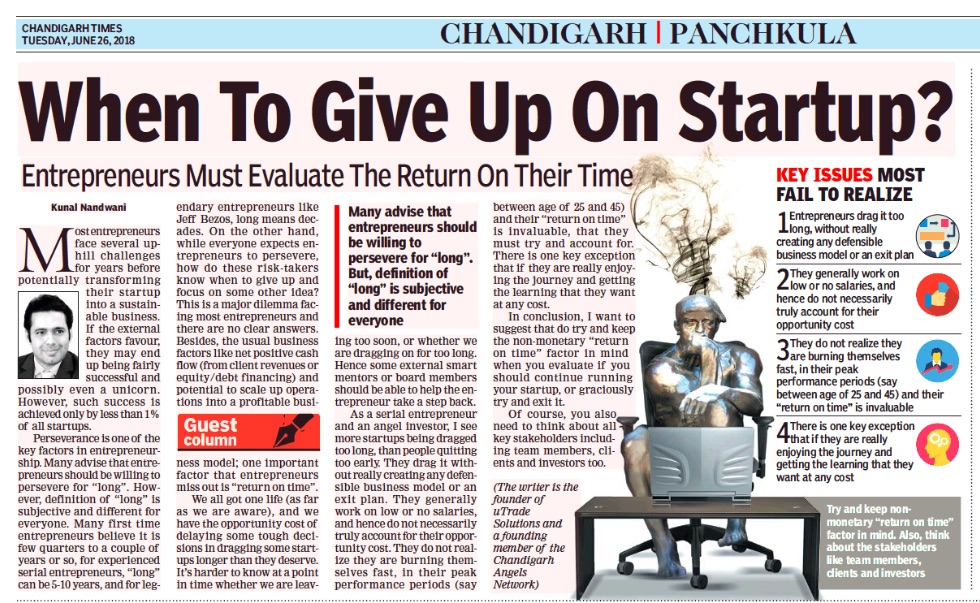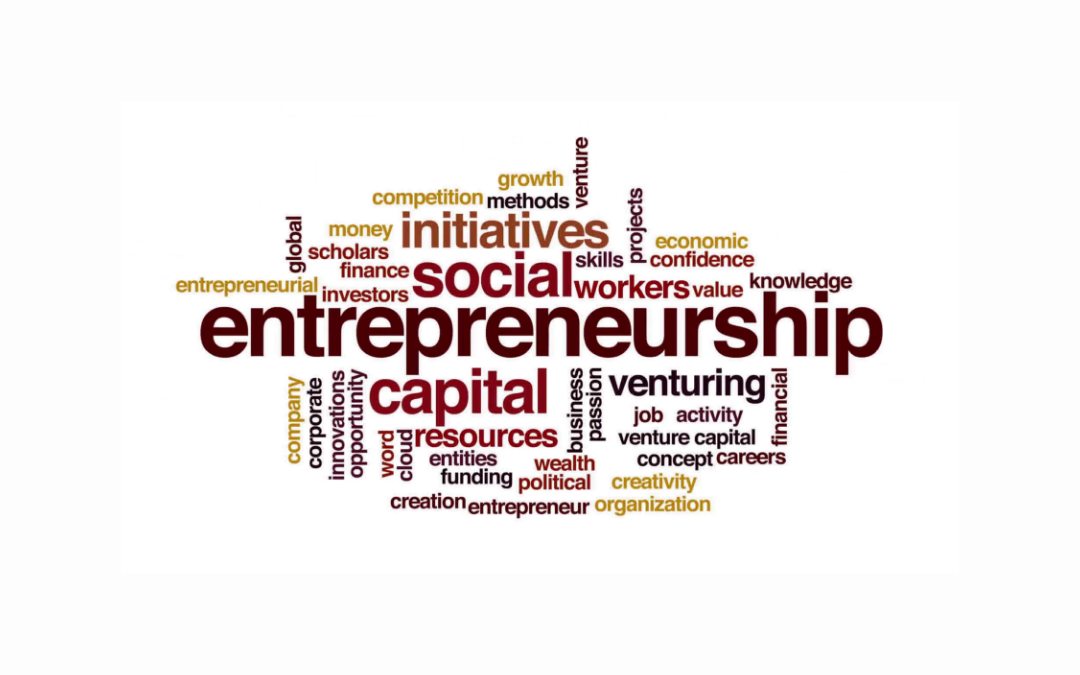When to Give Up On a Startup: Evaluate “Return on time”
Most entrepreneurs face several uphill challenges for years, before potentially transforming their startup into a sustainable business. And if the external factors favor, they may end up being fairly successful and possibly a unicorn. But such success is only achieved by less than 1% of startups.
Perseverance is one of the key factors in entrepreneurship. Many advise that entrepreneurs should be willing to persevere for long. Definition of long is subjective and different for everyone. For first-time entrepreneurs, they believe its few quarters to a couple of years or so, for experienced serial entrepreneurs, long can be 5-10 years, and for legendary entrepreneurs like Jeff Bezos, long means decades.
On the flip side, while everyone expects entrepreneurs to persevere, how do entrepreneurs know when to give up? This is a major dilemma facing most entrepreneurs and there is no easy way to overcome this. Especially in tougher times when subsequent funding rounds are harder to come by and most businesses globally are not growing as fast as we would like.
Besides the usual business factors like net positive cash-flow (from client revenues or equity/debt financing) and potential to scale business into a profitable business model; one important factor that entrepreneurs miss-out is “return on time”. We all got one life (as far as we are aware), and we have opportunity cost of delaying some tough decisions in dragging some startups longer than they deserve. It’s harder to know at point in time whether we are leaving too soon, or whether we are dragging a startup too long. Hence some external smart mentors or board members should be able to help the entrepreneur take a step back.
As a serial entrepreneur and an angel investor, I see more startups being dragged too long, than people quitting too early. The challenges in slow growth startups are:
- Entrepreneurs drag it too long, without really creating any defensible business model or an exit plan
- They generally work on low or no salaries, and hence do not necessarily truly account for their opportunity cost
- They do not realize they are burning themselves fast, in their peak performance periods (say between 25-45) and their “return on time” is invaluable, that they must try and account for.
(With one key exception that if they are really enjoying the journey and getting the learning they wanna get at any cost)
In conclusion, I wanna say that try and keep the non-monetary “Return on time” factor in mind when you evaluate if you should continue running your startup, or graciously try and exit it.
Of course, you also need to think about all key stakeholders including team members, clients, investors etc too.
This article appeared in Times of India- Chandigarh Edition on June 26, 2018.








